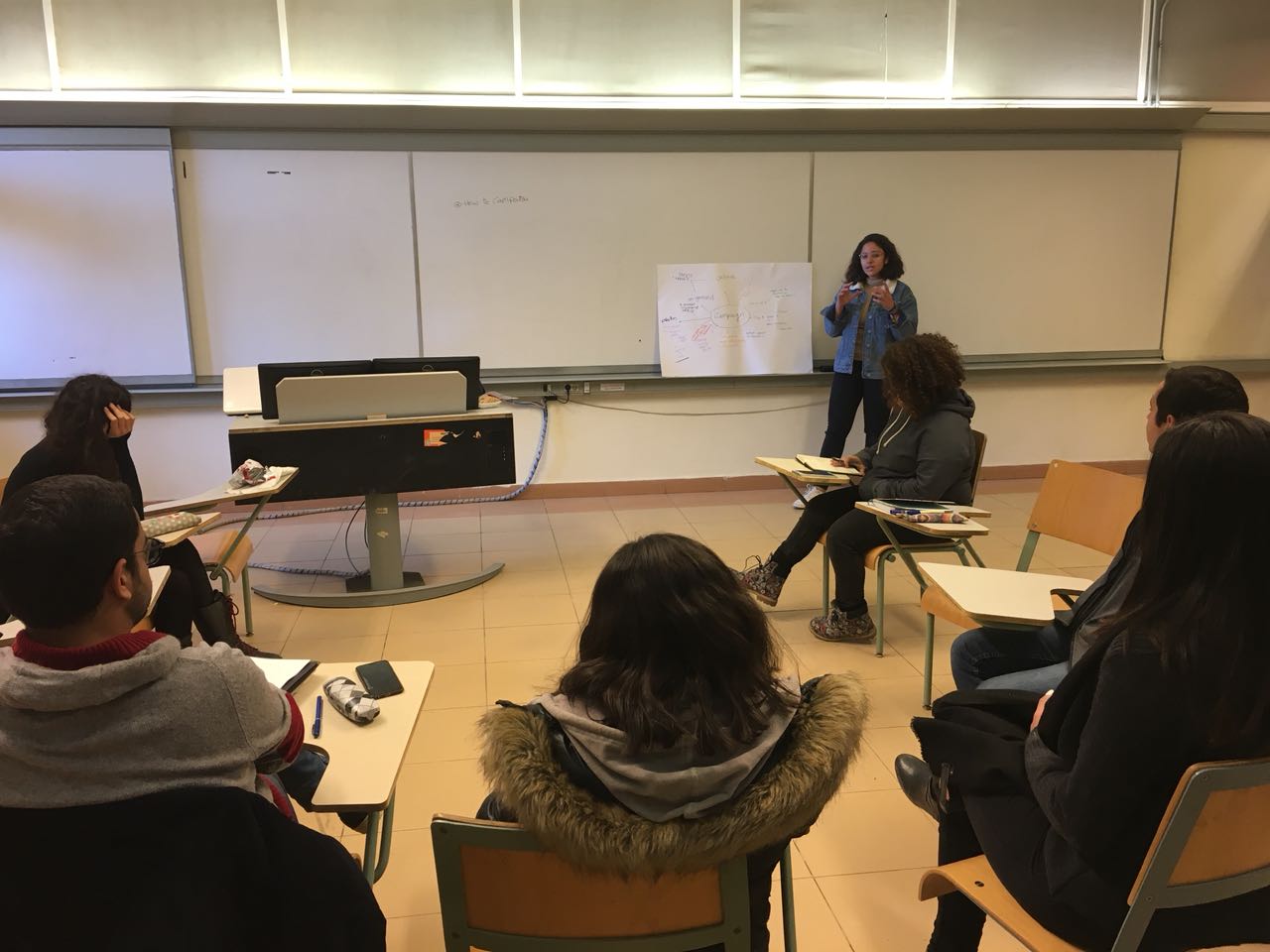March for Science: AUC Reveals Carbon Footprint Report
By: Serage Amatory
@Amatory_Serage
After five years of extensive research and data collection, the Sustainability Office finally disclosed AUC’s Carbon Footprint Report of 2017.
The report’s findings were presented last Sunday by Yasmin Mansour, Sustainability Officer and Assistant Professor of Sustainable Design Khaled Tarabieh, along with Presidential Intern Suzi Kondic.
A carbon footprint is the sum of greenhouse gases emitted during a given time frame, and is used as a measure of eco-friendliness.
“This series of Carbon Footprint Reports represents the first attempt in the Middle East and North Africa (MENA) region to measure a university on global climate change,” President Francis J. Ricciardone said within the report.
The report comes in tandem with mass demonstrations around the world last week against climate change denial by global leaders such as US President Donald Trump.
“Climate change has very serious and dire effects for our entire planet, but especially Egypt, with its already delicate water balance and harsh climate,” Kondic said.
“With our Carbon Footprint Report series, AUC reaffirms its commitment to acknowledging and controlling its climatic impact.”
The report calculated AUC’s carbon footprint from September 1 2015 to August 31 2016 in metric tons (MT) of carbon dioxide equivalence.
The report showed that AUC had used 46,299 MT CO2e in total emissions, following studies conducted on heating, ventilation, air conditioning, transportation, lighting, in addition to the usage of electricity and water across campus.
Between the reductions and increases of emission across the aforementioned categories, AUC’s total emission has increased by 5,268 MT CO2e – the equivalent of 13 percent – from 2012.
There were reductions in heating, ventilation and air conditioning by 9 percent, a 13 percent reduction in electricity usage, 14 percent in that of water, 25 percent in paper and another 25 percent in solid waste disposal.
However, there were massive increases in transportation and refrigerants, at 82 and 41 percent respectively.
But where does AUC stand among other universities? As the first of such reports in the region, it can only be compared to universities with similar weather conditions in the US.
The university’s energy use turned out to be less than that of the University of Arizona and the University of California’s Los Angeles, Irvine and San Diego campuses.
It was recommended that the university installs a rooftop solar system at the dorms to heat domestic water and that air conditioning in specific areas on campus be turned off according to weather conditions.
The report also encouraged students and staff to use buses rather than private vehicles, and recommended offering free tickets or discounts as incentive.
“With our Carbon Footprint Report series, AUC reaffirms its commitment to acknowledging and controlling its climatic impact. Knowing your carbon footprint is the first step to reducing it [climate change],” Kondic told The Caravan.
The report ended with an emission forecast, projecting the expected volume of emissions in 2030 if AUC followed one of five scenarios.
The first is that AUC does absolutely nothing and this will increase its emissions by more than a 1,000 MT CO2e.
The second is that it installs a solar plant, which will result in 10-20 percent reduced emissions.
The third entails that it increases carpooling in addition to the second scenario which will decrease emissions by an additional 5-10 percent along with that of scenario two.
The fourth scenario requires the university to replace its bus fleet by hybrid vehicles. Despite its heavy cost, it would leave AUC with an additional reduction of 20-25 percent.
The final one would double this reduction by installing large-scale wind and solar farms across campus.




